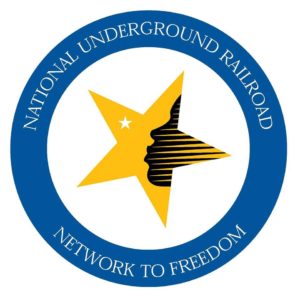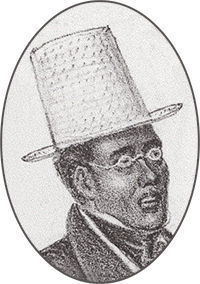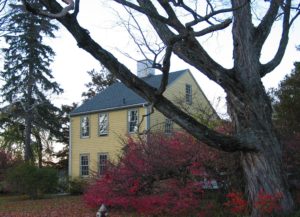
The Underground Railroad in Northampton and Florence
We are proud to be a facility on the US National Park Service Underground Railroad Network to Freedom. We hope you will join us to thoroughly explore these stories, both online here and at our David Ruggles Center Library & Archives.
The following is a brief account of Underground Railroad activity in Northampton, MA that notes the importance of agency of the formerly enslaved in the interpretation of this significant history.
Were it not for narratives written by former slaves who travelled the Underground Railroad, few details would remain of their experience along the way and at their destinations. Locally, we are able to piece together a richer story than is common in a small town, thanks to the concerted activity of both black and white abolitionists. A significant number of self-emancipated (escaped) former slaves, including Basil Dorsey, Henry Anthony, John Brown, John Williams, Stephen C. Rush, Lewis French, Joseph Willson, Ezekiel Cooper along with their families, found refuge in Northampton before the Fugitive Slave Law of 1850 radically changed the equation.
The operation of the Underground Railroad has generally been described through stories of the helpers: “agents,” “routes,” and, “safehouses.” Northampton’s story can be told this way as well, where “conductors” Samuel L. Hill, Moses Breck, and Samuel Parsons transported fugitive slaves on their journeys north. The routes led from Springfield, Westfield, and Southampton north to Cummington, Ashfield, and Charlemont and from Hatfield, to Whately and Greenfield. “Stationmasters” J. P. Williston, Erastus Hopkins, and Austin Ross provided temporary housing for those passing through.
Because of the availability of information about the escaped slaves who came here, a more detailed and nuanced history is possible. Northampton is distinguished by its role as a destination or “terminus” of the UGRR before 1850. Word spread of the presence here of David Ruggles, formerly New York City’s most daring UGRR agent, and of industrialist J.P. Willston’s intention to employ and settle former slaves. Because many elected to stay, we know a fair amount about the lives of the former slaves who bought homes, raised and educated their children, and were active participants in the affairs of their adopted town. The federal census of 1850, which provided much more detail than the 1840 version, shows that many southern-born blacks felt safe enough to provide their true birthplaces to officials. We know the stated age of each resident, whether they owned or rented their dwellings, their occupations, and who their neighbors were. We find that several families, presumed to be former slaves, were staying with those who now owned houses and with free blacks like Sarah Askin and Timothy Harley. A precious few letters and several contemporary news articles detail UGRR activity. But we also have the recollections of people who, at the turn of the twentieth century, knew this was an important story to preserve.
Arthur G. Hill’s speech, “Florence the Mecca, Sanctuary of the Colored Race,” his two editions of his recollection “Anti-Slavery Days in Florence,” Joseph Marsh’s “Underground Railroad in Florence,” B.S. Johnson’s “The Underground Railroad: Experiences of an Old Conductor on the Line,” and Aella Greene’s “The Underground Railroad & Those that Operated It,” provide additional breadth of information.





